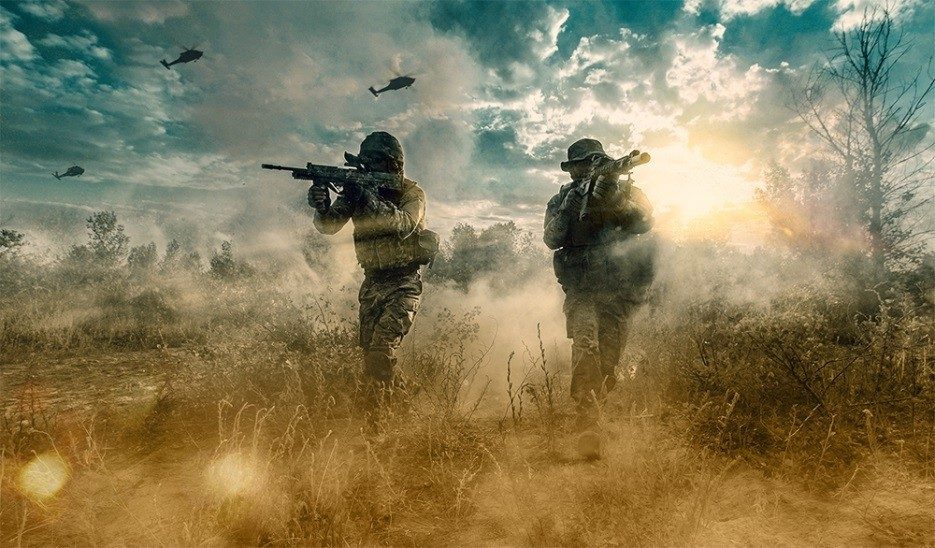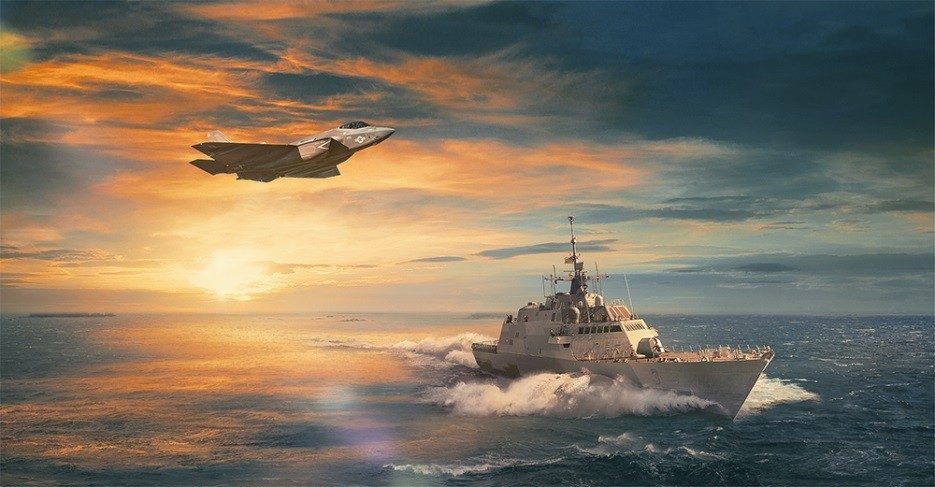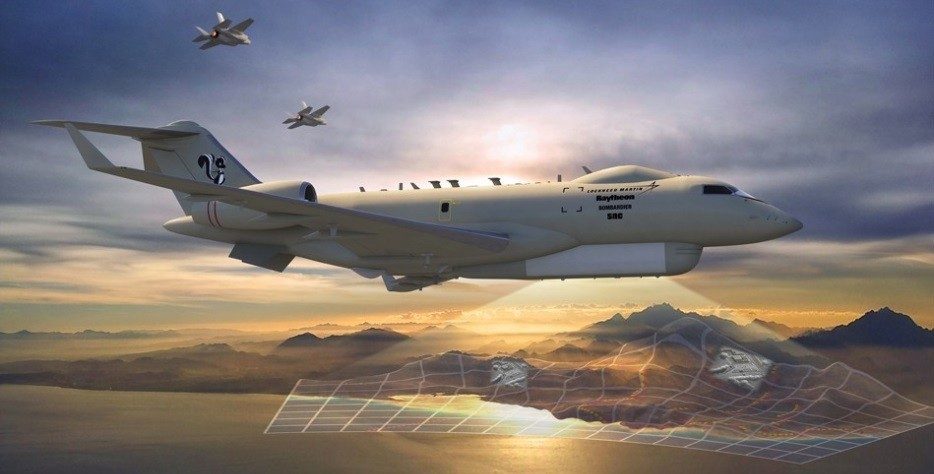
With a few keystrokes, you cloak your location and disperse your teammates. The enemy recalculates, but you already have a strategy for their next offense.
Videogames offer a glimpse of the future of war, with the ability to connect people, technology and information into one integrated fighting force. But this concept is gradually becoming a reality as the DoD develops a new strategy, known as multi-domain operations, that will connect everything—satellites to fighter jets, tanks to ships, commanders to troops—into cohesive warfighting units.
Uniting the Domains
Threats come from air, land, sea, space and cyberspace. Winning a war requires flexibility, innovation, and most importantly, integration across all five warfighting domains. Consequently, integrating command, control, computing and communications technology across the domains will become even more relevant as time passes.
The Missile Defense Agency’s Command, Control, Battle Management and Communications System, known as C2BMC, is one way the military is moving toward a multi-domain approach.
“C2BMC is the cornerstone of the U.S. Ballistic Missile Defense System and is helping to keep our nation, our allies and coalition partners safe from ballistic missile threats,” said Dr. Rob Smith, Lockheed Martin C4ISR vice president.
This system correlates data from dozens of missile defense sensors, radars and satellites to create a shared picture of potential or current missile threats around the world. Integrating the best target or missile track data from each element, C2BMC allows commanders to make coordinated decisions about the most effective way to engage ballistic missile threats at any range, in any phase of flight, and at any time.
Connecting to Space
Opening the Aperture

"In an open architecture model, every platform is a sensor, and every sensor is a part of a network with the ability to reconfigure and make coordinated decisions faster," explained Steve Froelich, director of Operational Command and Control at Lockheed Martin.
In real time, commanders can then stitch together surveillance data from all of these different platforms’ sensors into a single holistic picture of the battlefield. This allows them to detect and counter adversaries with Precision Fire systems before they become threats.
Real Life Example
Integrating Operations

One program that will enable this integration and provide complete battlespace awareness is the Joint Surveillance Target Attack Radar System Recapitalization (JSTARS Recap) system, a technology that brings phenomenal possibilities to collecting and sharing of information.
JSTARS Recap can provide long-range surveillance over large regions of the battlefield of moving air and ground targets by collecting imagery and relaying tactical pictures to operators and other systems for rapid decision making.




